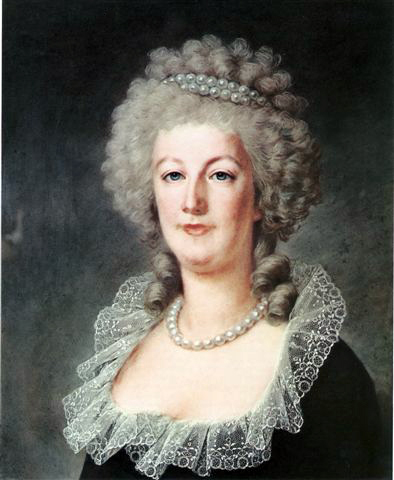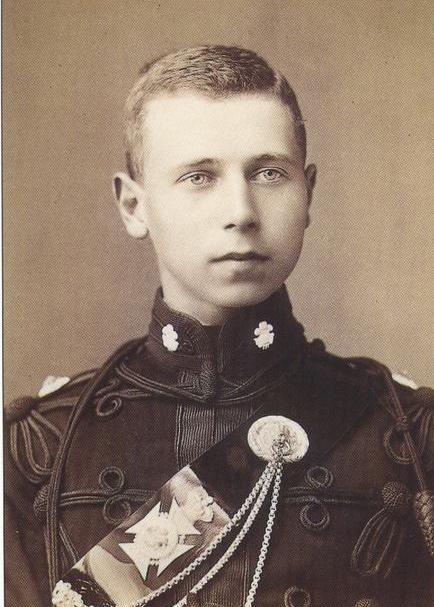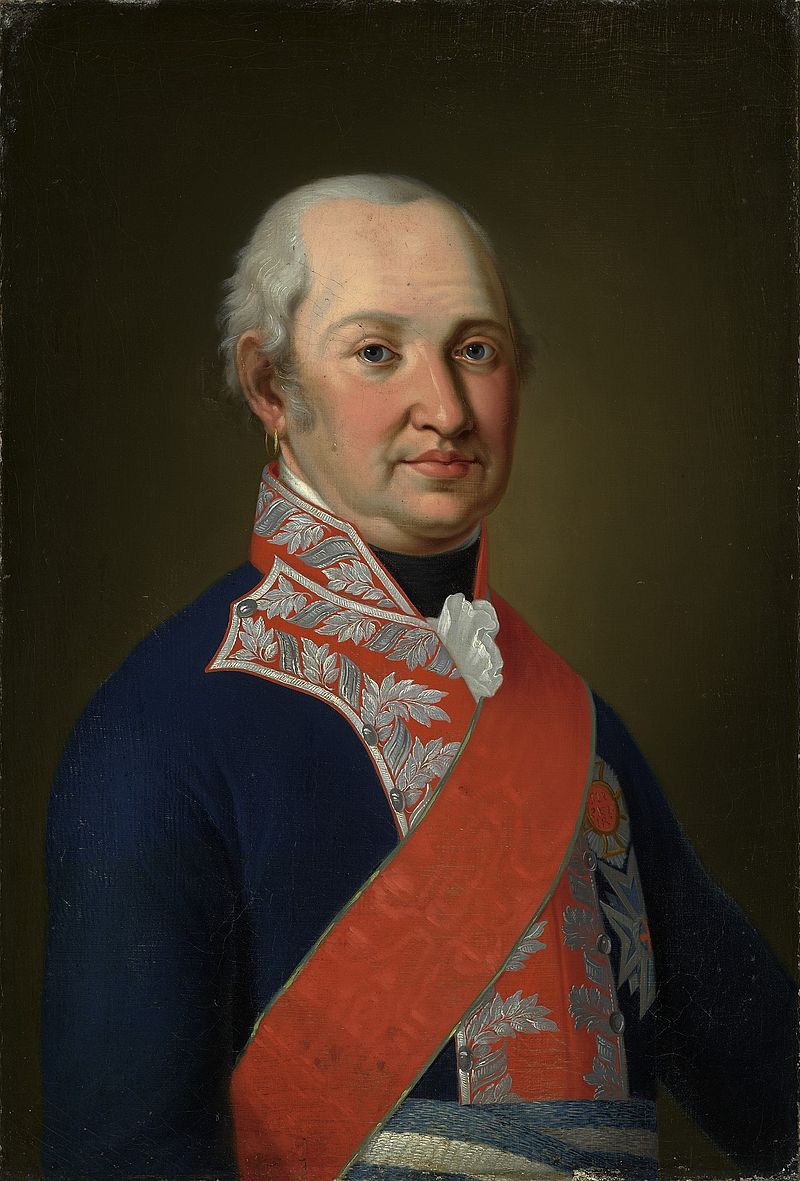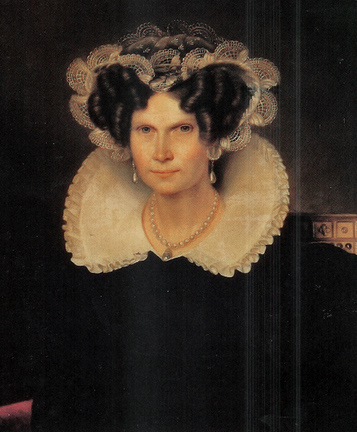© Unofficial Royalty 2024

Marie-Thérèse-Charlotte of France; Credit – Wikipedia
October 19, 1216 – Death of King John of England at Newark Castle in Newark, England; buried at Worcester Cathedral in Worcester, England
In 1199, John succeeded his childless brother King Richard I as King of England. During his reign, John lost the French territories of Normandy, Maine, Touraine, Anjou, and Poitou, all ancestral territories of his Norman or Angevin ancestors. While John was trying to save his French territories, his discontented English barons led by Stephen Langton, Archbishop of Canterbury, were protesting John’s continued misgovernment of England. This discontent resulted in the best-known event of John’s reign, the Magna Carta, the “great charter” of English liberties. Among the liberties were the protection of church rights, protection for the barons from illegal imprisonment, access to swift justice, and limitations on feudal payments to the Crown. Amid the First Barons’ War, John was traveling through East Anglia, from Spalding in Lincolnshire to Bishop’s Lynn, in Norfolk, became ill with dysentery, and decided to turn back, taking the longer road route. John managed to ride to Swineshead Abbey where he spent the night. The next day, he was taken by a litter to Newark Castle where he died at the age of 49.
Unofficial Royalty: King John of England
October 19, 1765 – Death of Amalie von Wallmoden, Countess of Yarmouth, mistress of King George II of Great Britain, in Hanover, Electorate of Hanover, now in the German state of Lower Saxony
Amalie von Wallmoden, Countess of Yarmouth was the mistress of King George II of Great Britain from 1735 until the King died in 1760. She was the last British royal mistress to be granted a peerage title.
Unofficial Royalty: Amalie von Wallmoden, Countess of Yarmouth, mistress of King George II of Great Britain
October 19, 1851 – Death of Marie-Thérèse-Charlotte of France, eldest daughter of King Louis XVI and Marie Antoinette of France, wife of Louis Antoine, Duke of Angoulême (Legitimist pretender to the French throne), at the Frohsdorf Palace in Lanzenkirchen, Austria; buried with her uncle King Charles X and her husband at the Kostanjevica Monastery in Görz, then in Austria, now Kostanjevica in Nova Gorica, Slovenia
Marie-Thérèse-Charlotte was the only one in her family to survive imprisonment in the Temple, the remains of a medieval fortress in Paris, and the French Revolution. She married her first cousin Louis-Antoine, Duke of Angoulême, the son of her father’s younger brother, the future King Charles X of France. The couple had no children. After the end of the Bourbon Restoration in 1830, Marie-Thérèse lived in exile again, this time with the former King Charles X, her uncle and her father-in-law, and her husband Louis-Antoine. The exiles ultimately moved to the estate of Count Johann Baptist Coronini near Gorizia, which was in Austria but now in Italy. After the death of her husband, Marie-Thérèse moved to the Schloss Frohsdorf, just outside Vienna, Austria where she spent her days taking walks, reading, sewing, and praying. There she died from pneumonia at the age of 72.
Unofficial Royalty: Marie-Thérèse-Charlotte of France, Duchess of Angoulême
October 19, 1889 – Death of King Luís I of Portugal at the Citadel of Cascais in Cascais, Portugal; buried at the Monastery of São Vicente de Fora in Lisbon, Portugal
Luis became King of Portugal in 1861 when his elder, childless brother King Pedro V died from typhoid fever. Two other brothers also died from typhoid. In 1862, Luís married Princess Maria Pia of Savoy and the couple had two sons. Luis’ reign saw many advances, both politically and culturally. He oversaw the construction of the port of Lisbon, the extension of the road network and railway throughout Portugal, and the advancement of the arts, founding the Philharmonic Union. An avid oceanographer, Luis also donated much of his fortune to finance research ships and vessels to gather different species of sea creatures from around the world. He also established the Vasco da Gama Aquarium in Lisbon, one of the first aquariums in the world. Luís died suddenly at just 50 years old.
Unofficial Royalty: King Luis I of Portugal
October 19, 1963 – Birth of Prince Laurent of Belgium, son of King Albert II of the Belgians, at Château de Belvédère in Laeken, Brussels, Belgium
Full name: Laurent Benoît Baudouin Marie
In 2003, Laurent married British-born, but Belgian-raised Claire Coombs. The couple had a daughter and twin sons. Laurent has been a somewhat controversial figure. In 2018, the Belgian parliament cut Prince Laurent’s annual allowance by 15% for a year. The sanction was imposed after Prince Laurent, in full naval uniform, attended a Chinese embassy reception in 2017 without government permission. The government had warned Laurent to ask permission from the foreign ministry before conducting any diplomatic activity. Despite that, he went to the embassy event and tweeted a photo of himself there.
Unofficial Royalty: Prince Laurent of Belgium
October 19, 1972 – Death of Said bin Taimur, the former Sultan of Oman, in exile in London, United Kingdom; buried in Brookwood Cemetery in Woking, Surrey, England
In 1970, Said was overthrown in a coup d’etat by his son Qaboos bin Said Al Said, Sultan of Oman. He lived the rest of his life in exile in the United Kingdom, living the last two years at the Dorchester Hotel in London, where he died at the age of 62.
Unofficial Royalty: Said bin Taimur, Sultan of Oman
This article is the intellectual property of Unofficial Royalty and is NOT TO BE COPIED, EDITED, OR POSTED IN ANY FORM ON ANOTHER WEBSITE under any circumstances. It is permissible to use a link that directs to Unofficial Royalty.









